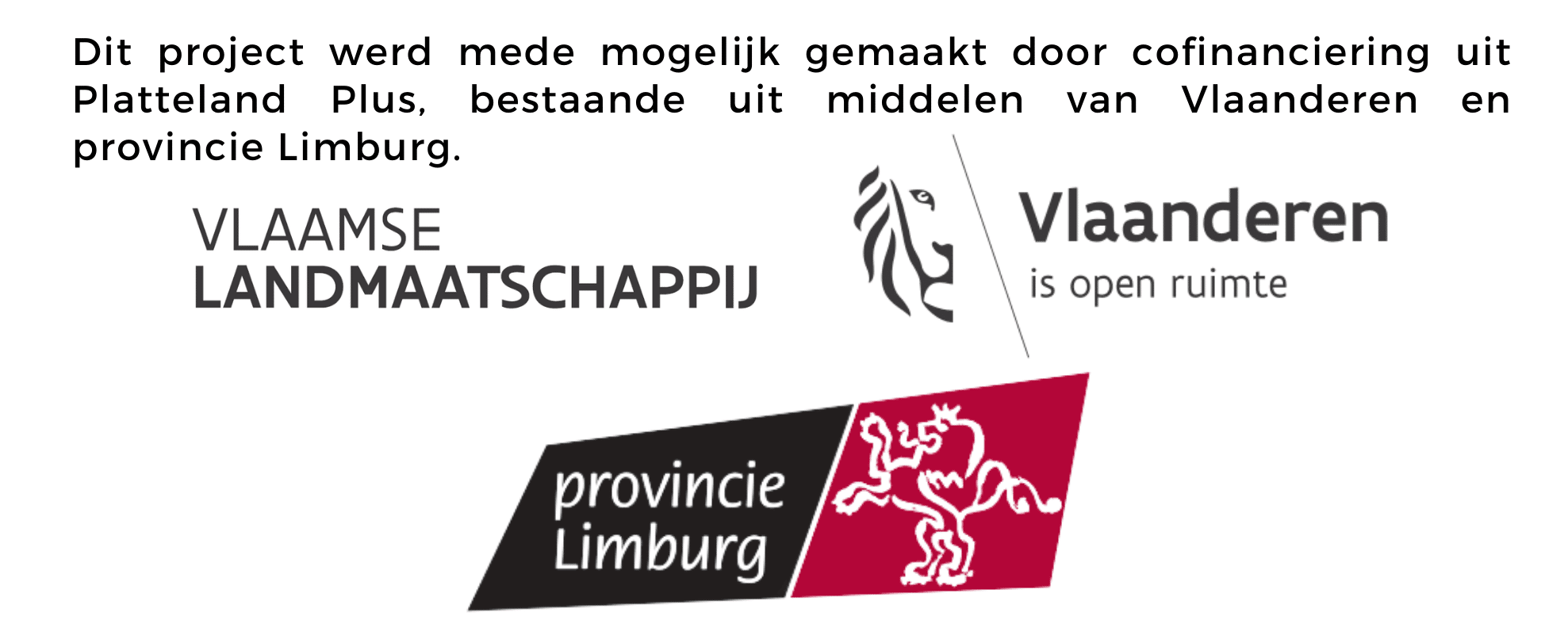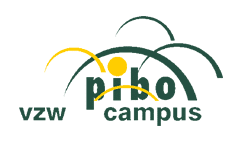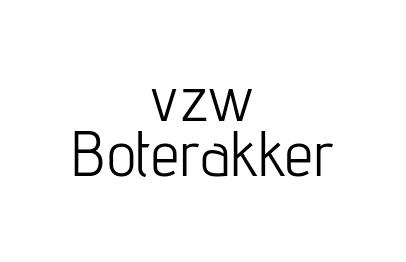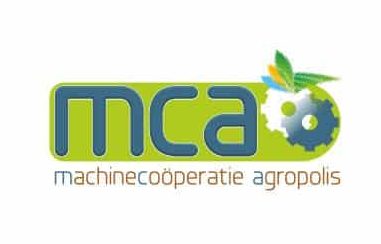Precision agriculture
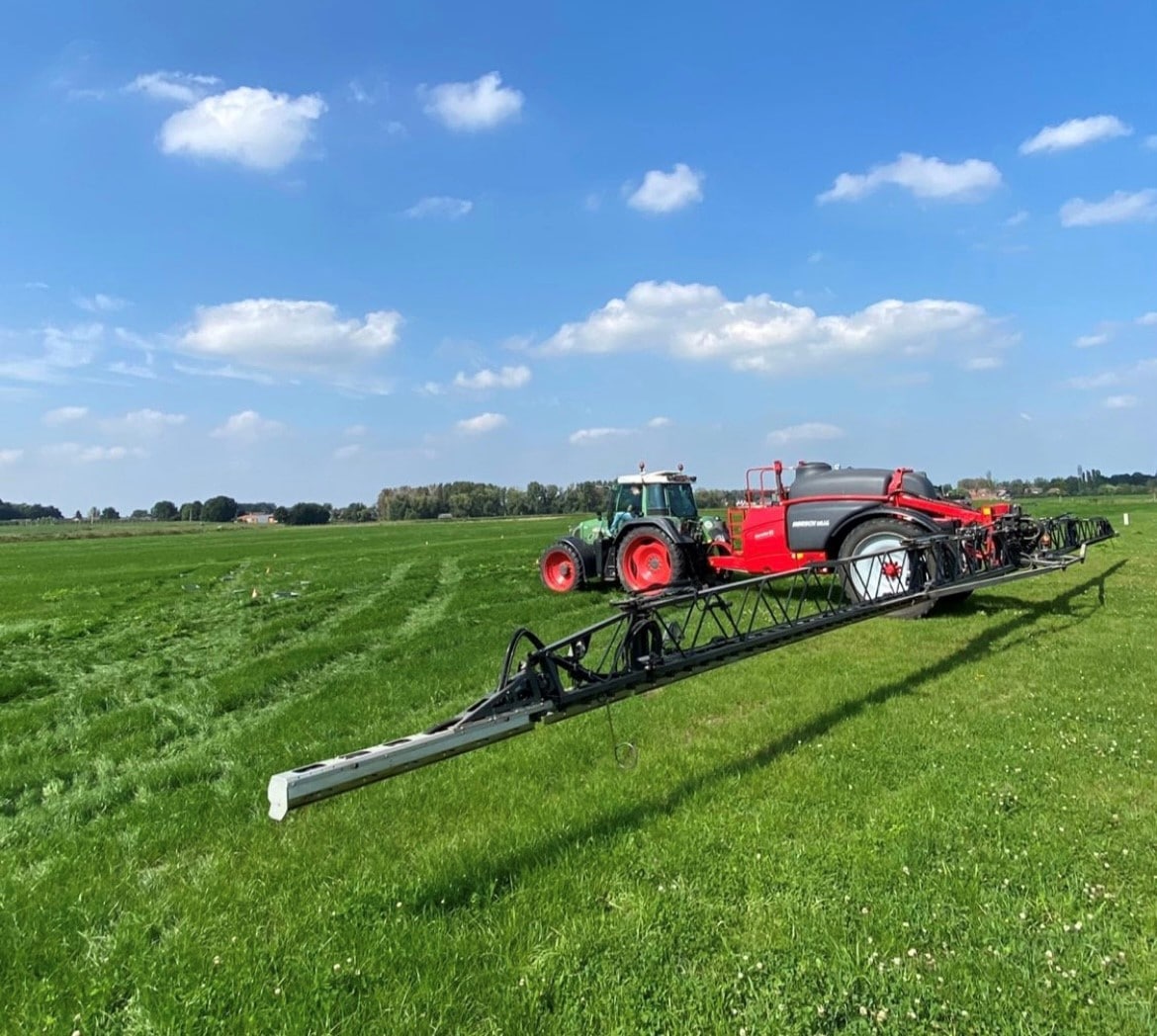
Here at Agropolis, we also work hard at our very own project: precision agriculture, a project sponsored by the Flemish Land Agency (VLM) and the Province of Limburg. Curious to find out what exactly this project entails? Find out here!
Added ECO² value through precision demo
Our precision agriculture project is financed by the Flemish Land Agency and the Province of Limburg. As part of the project, we are delving deeper into an area that has remained relatively unexplored so far together with PIBO Campus, PVL and the Agropolis Machinery Cooperative.
“Precision agriculture involves looking for solutions to close the gap between what needs to be done on the field and the technologies we have access to nowadays. In doing so, the most important things are to take stock of what farmers need, and to map the technologies that are available. To name just one example, precision agriculture is making it possible to use technology for weed control. Using the appropriate equipment, we take a picture of the field and map the entire area. In doing so, we can identify the exact amount of weeds, and we can start protecting our crops in a highly targeted manner. We then use GPS systems to determine the exact driving lines. This also allows us to avoid overlaps with great precision, meaning resources are used much more efficiently and in a much more targeted way. And that has a positive impact on both quality and quantity”, Agropolis’ Kristof Das explains.
“Aside from working more efficiently, working comfort is also improved. The huge number of hectares that would need to be checked on a regular basis are reduced to just a few hectares. This combination has led us to strongly believe that there is a genuine future for precision agriculture. Many farmers remain relatively unfamiliar with the concept, but this project aims to change that! We intend to do so using demos and workshops, both at Agropolis and on location.”
“The techniques we discover while researching precision agriculture can be acquired by the machinery cooperative, removing any obstacles that might otherwise prevent our members from getting to explore precision agriculture. By using the scale of the cooperative (approx. 75 members), the individual cost for each farmer can be reduced”, according to Kristof.
Got any questions about precision agriculture as a farmer? Or are you a supplier of precision technologies? Send Kristof a message: he's all ears for you!
Contact